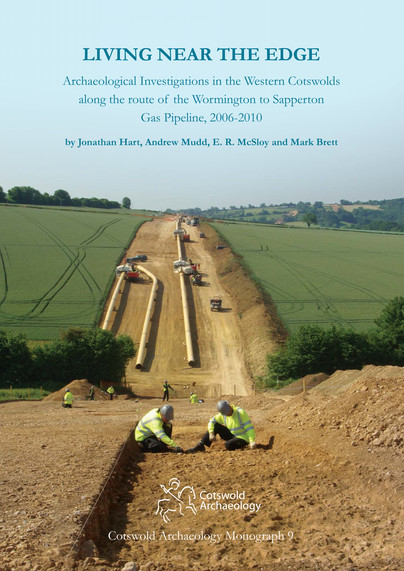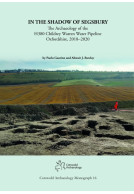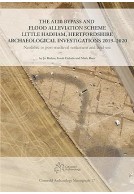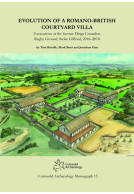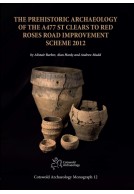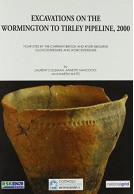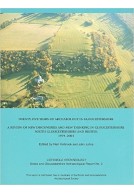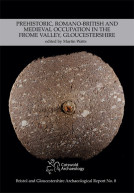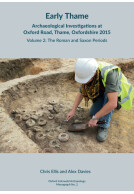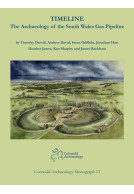Google Books previews are unavailable because you have chosen to turn off third party cookies for enhanced content. Visit our cookies page to review your cookie settings.
Living Near the Edge (Hardback)
Archaeological Investigations in the Western Cotswolds along the route of the Wormington to Sapperton Gas Pipeline, 2006-2010
Imprint: Cotswold Archaeology
Series: Cotswold Archaeology Monograph
Pages: 240
Illustrations: 149
ISBN: 9780993454509
Published: 31st March 2016
Script Academic & Professional
Series: Cotswold Archaeology Monograph
Pages: 240
Illustrations: 149
ISBN: 9780993454509
Published: 31st March 2016
Script Academic & Professional
You'll be £21.95 closer to your next £10.00 credit when you purchase Living Near the Edge. What's this?
+£4.99 UK Delivery or free UK delivery if order is over £40
(click here for international delivery rates)
Order within the next 10 hours, 9 minutes to get your order processed the next working day!
Need a currency converter? Check XE.com for live rates
(click here for international delivery rates)
Order within the next 10 hours, 9 minutes to get your order processed the next working day!
Need a currency converter? Check XE.com for live rates
Archaeological surveys and excavations were carried out between 2006 and 2010 in advance of the construction of a gas pipeline in the Gloucestershire Cotswolds. They resulted in the discovery of many new sites and the investigation of eighteen of them dating from the prehistoric to medieval periods.Early Neolithic and Beaker/Early Bronze Age pits in the southern part of the route near Winstone, suggest transitory occupation in early prehistoric times. Early Bronze Age cremation graves on lower ground near Stanway were associated with two slightly later ring-ditches, and another Bronze Age ring-ditch was excavated at Foxcote Hill. A segmented boundary ditch near Winstone was also the location of Iron Age and Roman activity. An Iron Age settlement on Salter’s Hill, Winchcombe, included an Early Iron Age roundhouse, while Middle Iron Age grain-storage pits here and elsewhere indicated other farming settlements. Late Iron Age and Roman occupations in the high Wolds showed a range of remains, including unusual deposits of artefacts, animal bones and burials.A fragmentary sequence of Anglo-Saxon boundary burials was found at the southern end of the route near Sapperton. In the same area, two 12th- to 13th-century buildings near Overley Wood may have been part of the medieval settlement of Pinbury. Trackways revealed near Coberley, Foxcote and Hailes linked rural settlements in historical times.The range of sites and finds from these investigations provide important new information on the human past across parts of a landscape in many respects considered to be marginal.
Other titles in the series...
Other titles in Cotswold Archaeology...







